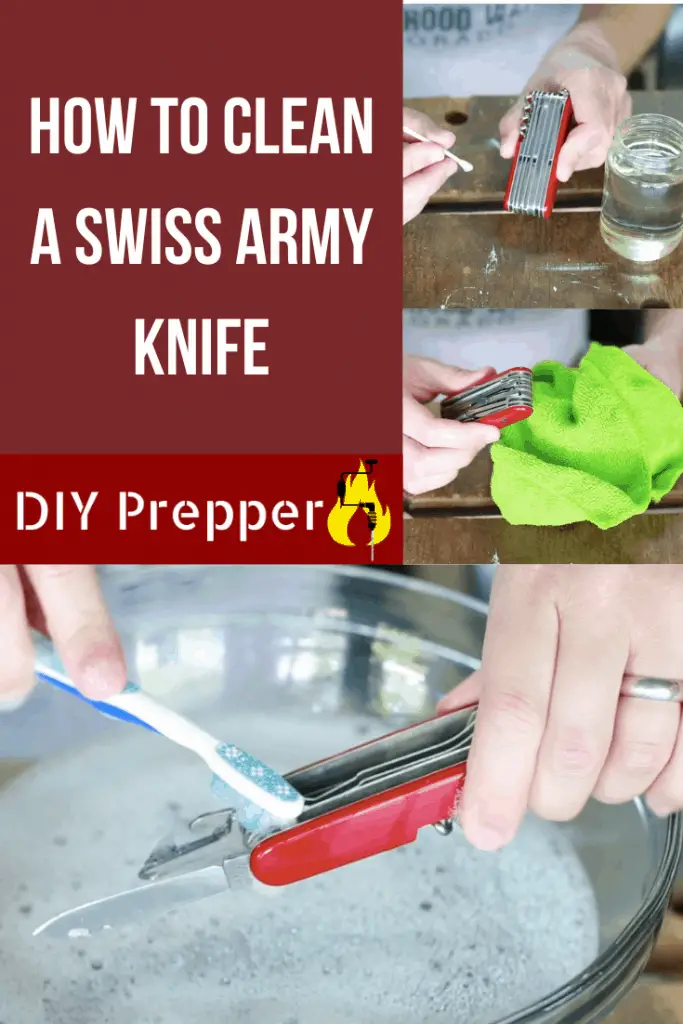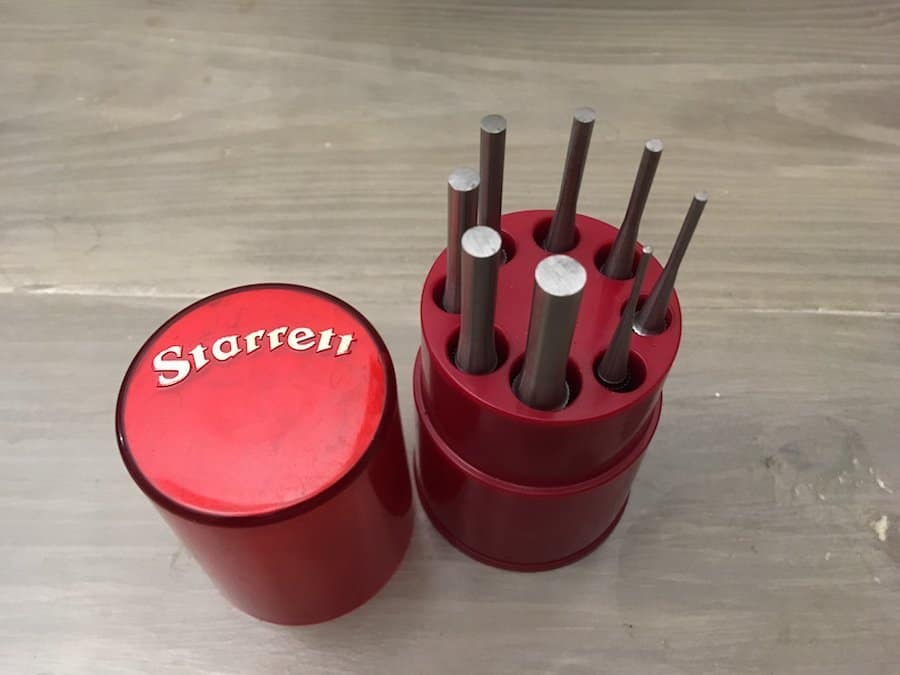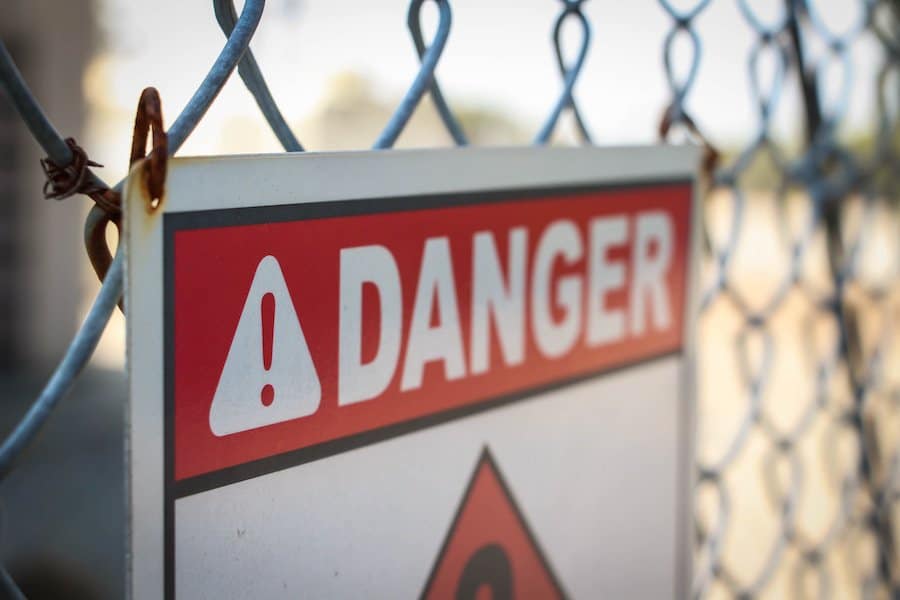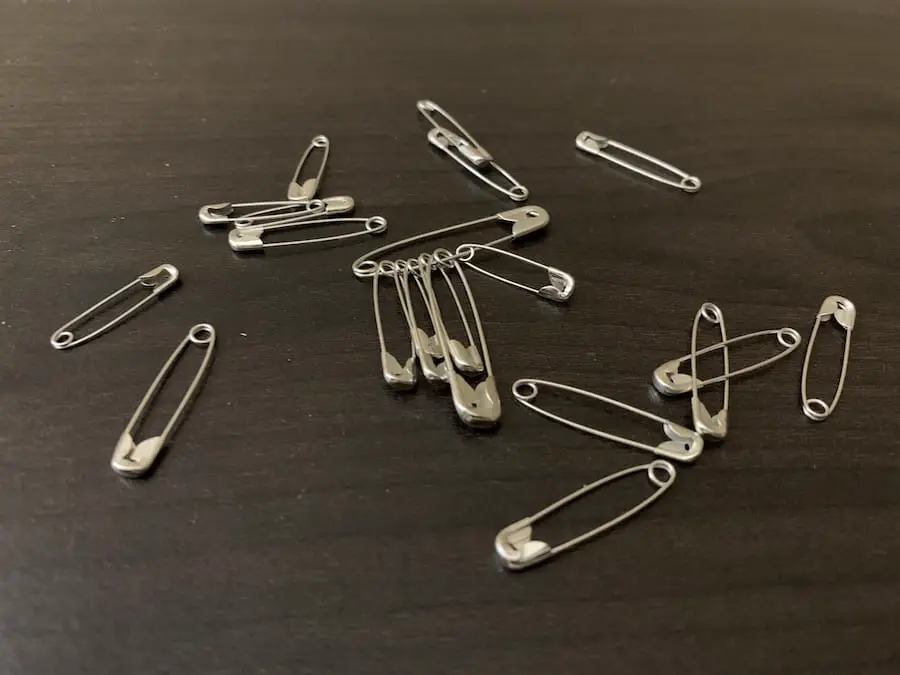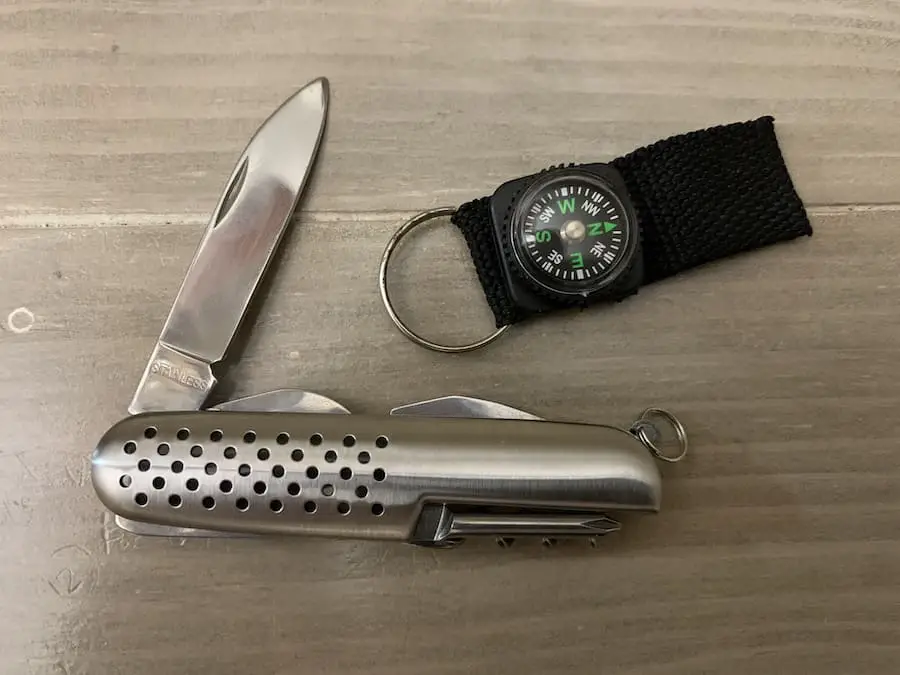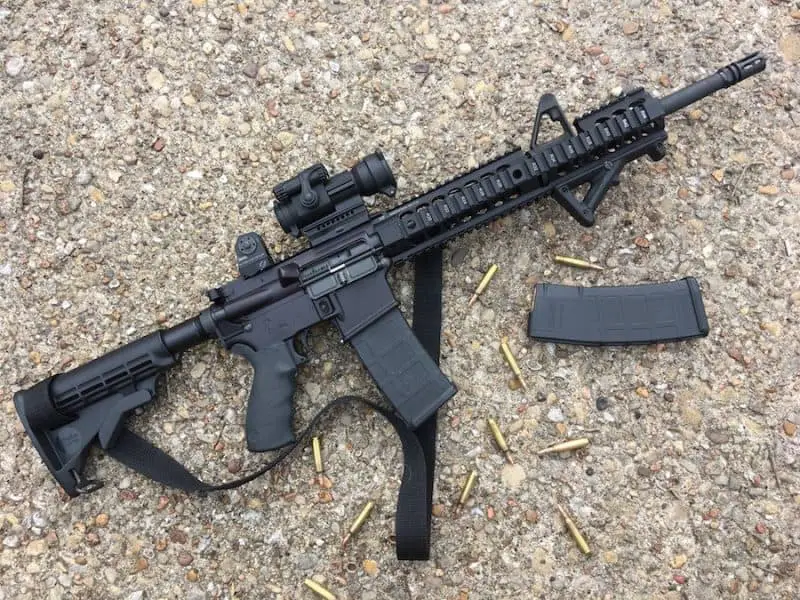How to Clean a Swiss Army Knife
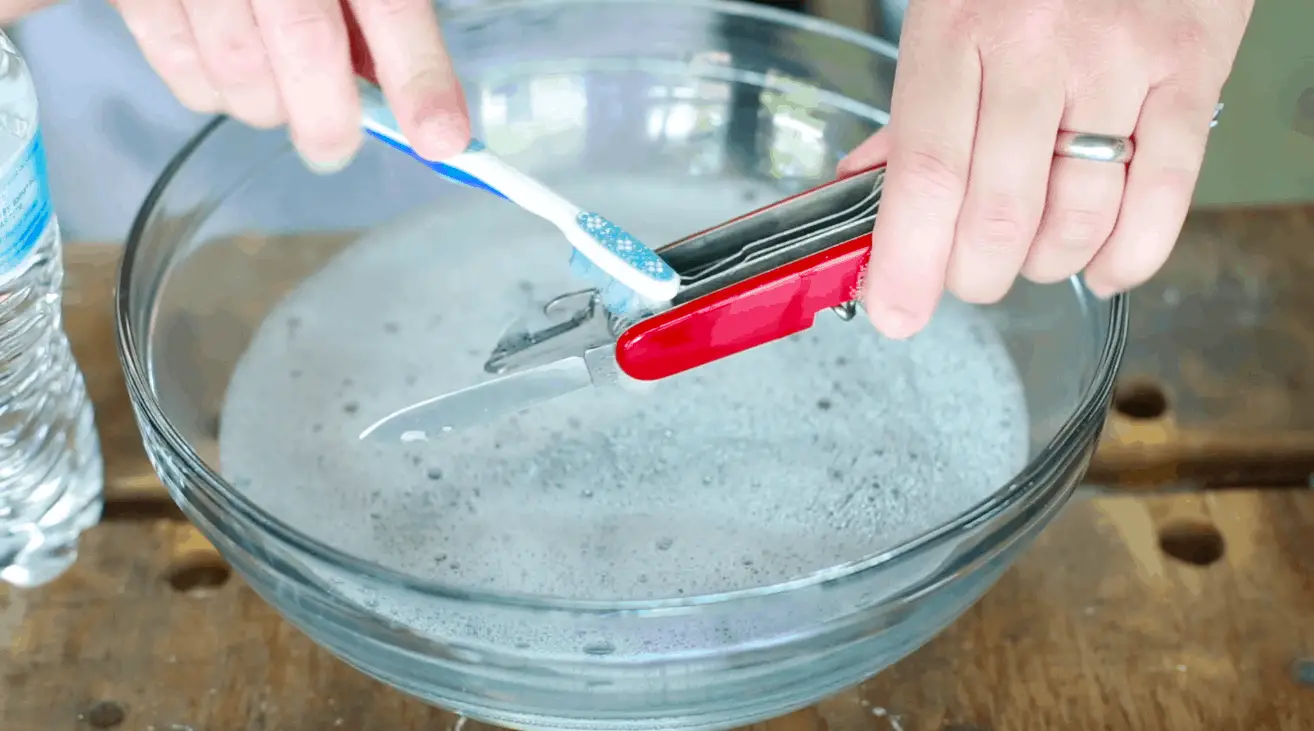
Swiss Army knives are some of the best EDC tools that you could carry. Doing a little maintenance on them will help them work reliably for a lifetime.
The best way to clean a Swiss Army knife is to use water and gentle cleaning solutions, such as dish soap. Using those, along with the right type of oil, will protect your knife and help it open and close easily.
Below is the best way that I have found to clean Swiss Army Knives. At the end of the article, I will also mention some things that you definitely don’t want to do to your knives.
Save this article on Pinterest!
What You Will Need to Clean a Swiss Army Knife
Before you start cleaning your knife, gather the following items:
- Dish Soap
- Brush
- Lubricant (Victorinox’s Multitool Oil or Mineral Oil)
- Q-tips
- Lint-free cloth
Step 1: Fill Sink with Warm Soapy Water
The first thing that you want to do when cleaning your Swiss Army knife is to fill your sink or a large bowl with warm, soapy water. Fill it so that you can submerge the entire knife under the water’s surface.
Be sure to use regular dish soap when doing this. Harsh cleaners, such as bleach, can damage the knife.
Step 2: Remove Scale Tools and Electronics from the Knife
The next thing that you need to do is remove the scale tools, such as the toothpick and tweezers from your Swiss Army knife. Some models, such as the Swisschamp, contain additional tools, such as a ballpoint pen and miniature screwdriver.
Related: Knives Preppers Need: Ultimate Prepper Knife Loadout
If your knife has electronic components, such as a flashlight, remove that if possible. If you are unable to remove any electronics, do not submerge your knife in water. As an added precaution, remove the batteries from the components to reduce the chance of accidental damage.
Step 3: Brush Away Fuzz and Dirt
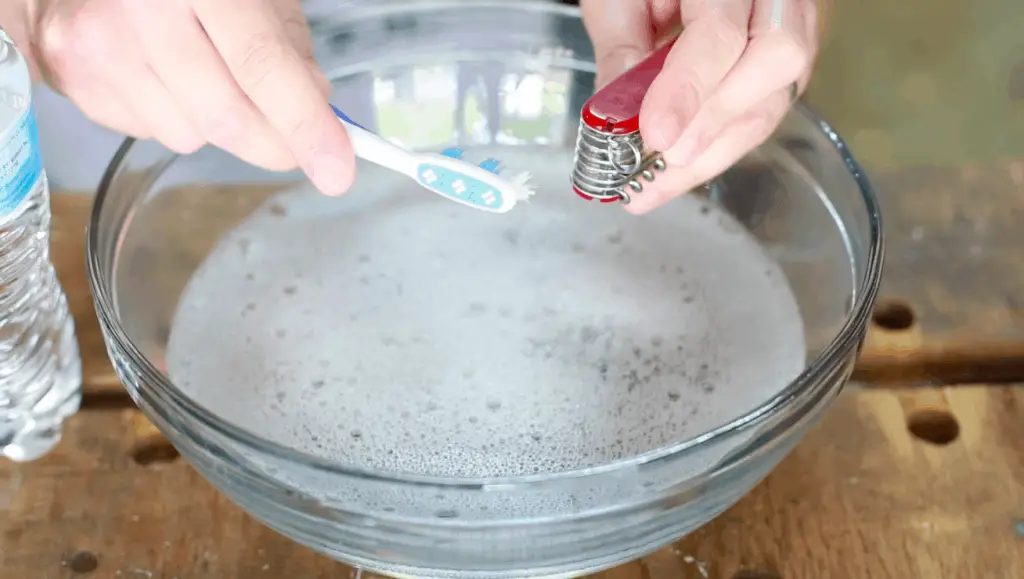
Before you get the knife wet, take a dry brush (an old toothbrush will do) and remove any loose fuzz or dirt that has gathered on the knife’s hinges. If you have a Swiss Army knife with a back layer of tools, be sure to clean those as well.
Step 4: Open Front Tools and Clean Inside the Knife
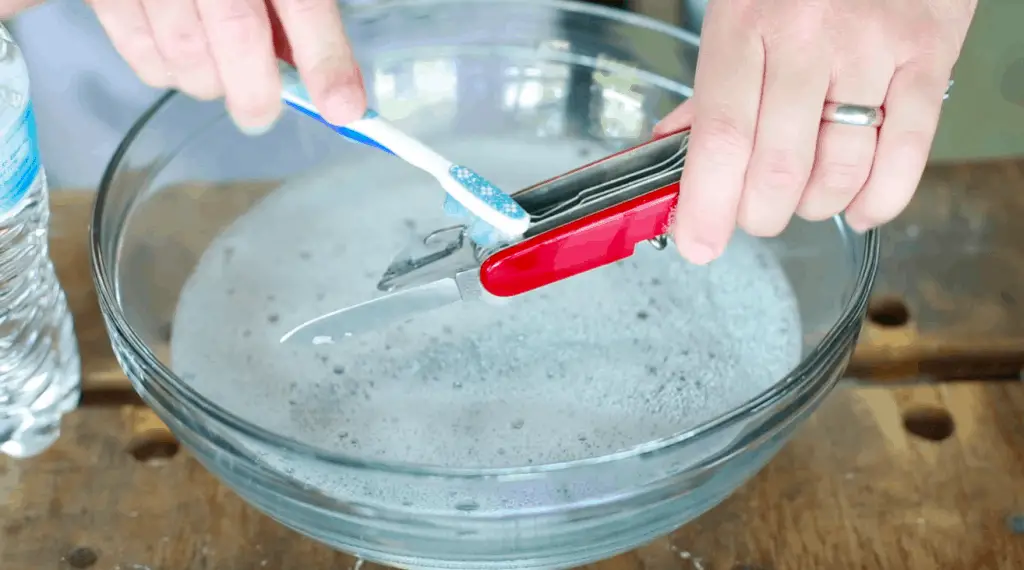
The next thing that you need to do is open the front layer of tools. This is the side with the main blade. If your model has several tools, start with the can opener and bottle opener and work your way forward. This will make the knife blades the last things that you open, reducing the chance that you will cut yourself.
After you open all of the tools, dunk the whole knife in the warm soapy water. Use the brush to remove any fuzz from the inside of the knife. Take extra care to remove as much grime and other debris from the tools’ hinges as possible. Using dish soap, such as Dawn, should help you remove any old oil that could be holding debris.
If you have any tools that stick badly opening and closing them while submerged may be necessary. Brushing the tools’ hinges while they are half-way open may help also.
After you clean the inside of the knife and its hinges thoroughly, dunk it under the water a few times and carefully close the tools. When closing the tools, start with the knife blades and work your way in.
Step 5: Clean the Back Tools and Scale Slots
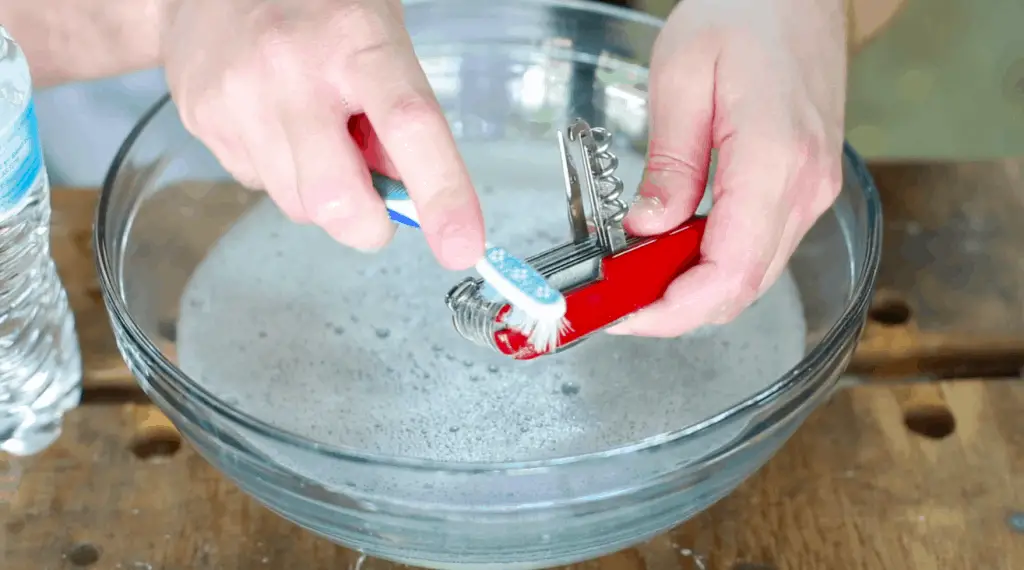
After you have cleaned the front side of your knife, follow the same steps to clean the tools on the back. Clean the tool hinges while the tools are opened and closed. When finished, close the tools
If your knife has scale tools, such as a toothpick and tweezers, use a pipe cleaner to remove any debris that may be hiding in their slots. Simply insert a wet pipe cleaner into the slots and scrub.
Step 6: Rinse the Knife
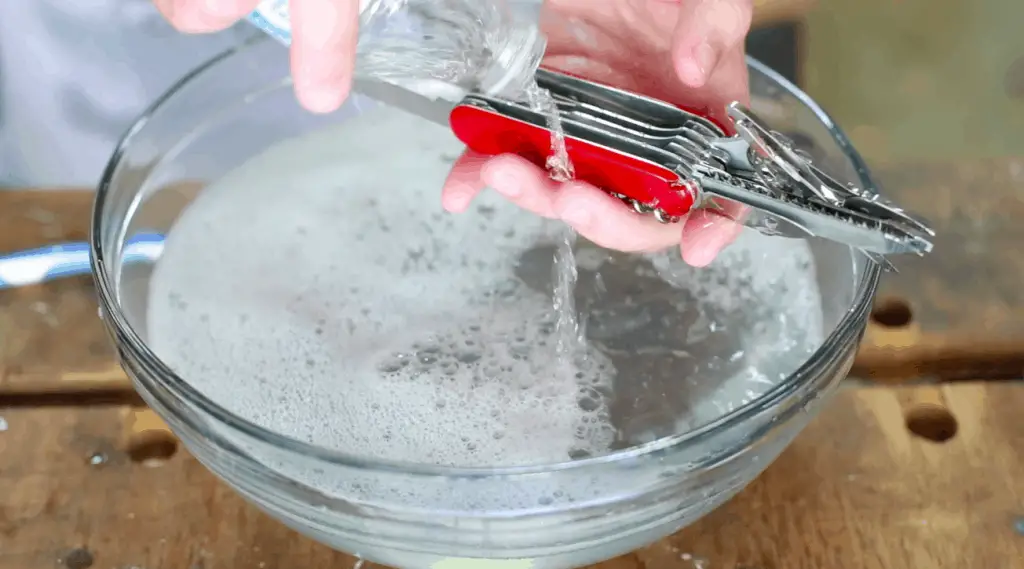
After you have finished scrubbing the inside of your Swiss Army knife and all of its hinges, rinse it thoroughly. You can use your sink’s faucet or a bottle of water to do this.
Opening and closing the tools as you do this will help remove all of the soap. In addition, be sure the water makes it into the scale tools’ slots to remove soap residue from there as well.
Step 7: Dry Your Swiss Army Knife
Take a lint-free rag and remove as much water as possible from your knife. Dry each tool and the inside of the knife. You won’t be able to get all of the water, but removing as much as you can will help prevent water spots on your knife.
After you remove as much water as you can, set your knife in a sunny spot or in front of a fan. This will dry out any water that remains under the knife’s scales and in between its layers.
Step 8: Lubricate Your Knife
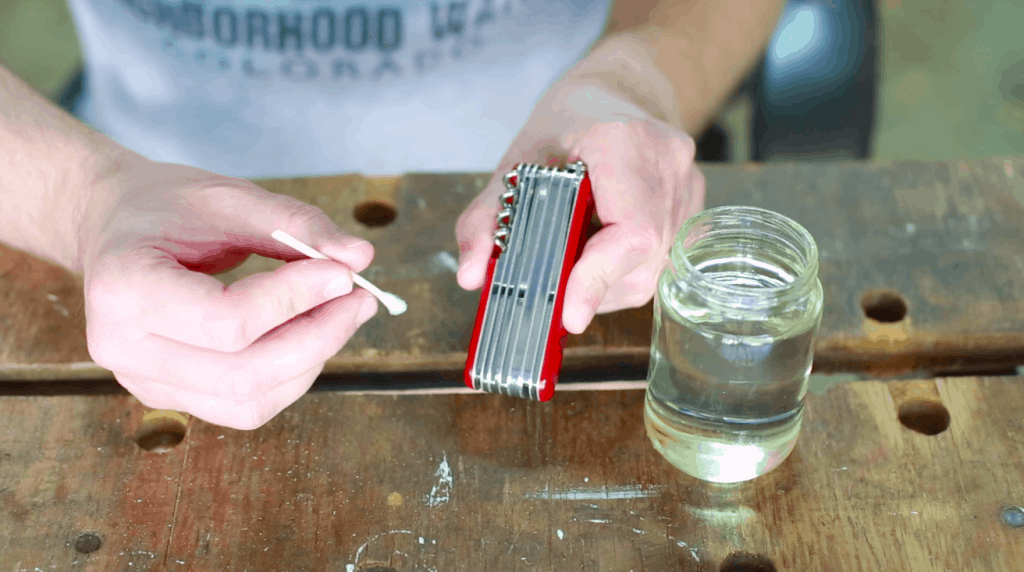
After your Swiss Army knife has had time to dry, you will need to lubricate it. Any oil that was on it before has most likely been washed and scrubbed away. Failure to add oil to hinges will make the knife harder to open and may cause it to rust.
Since most Swiss Army knives may be used around food, I highly recommend using a lubricant that is food-safe. Victorinox produces its own oil that comes with an application nozzle. However, mineral oil is food-safe as well. I have used it for several years on my knives and it works well.
When lubricating your knife, add a small amount of oil to each tool’s hinge. You don’t need to use a lot. If your bottle doesn’t have a nozzle, use a Q-tip to apply the oil.
When using a Q-tip to apply oil, I like to flatten one end with a pair of pliers and snip the other end off. I flatten that as well. Doing this will allow you to apply oil to narrow hinges.
After you apply the oil, open and shut each tool multiple times. This will distribute the oil evenly and work it into places you couldn’t reach with your bottle nozzle or applicator.
Step 9: Remove Excess Oil
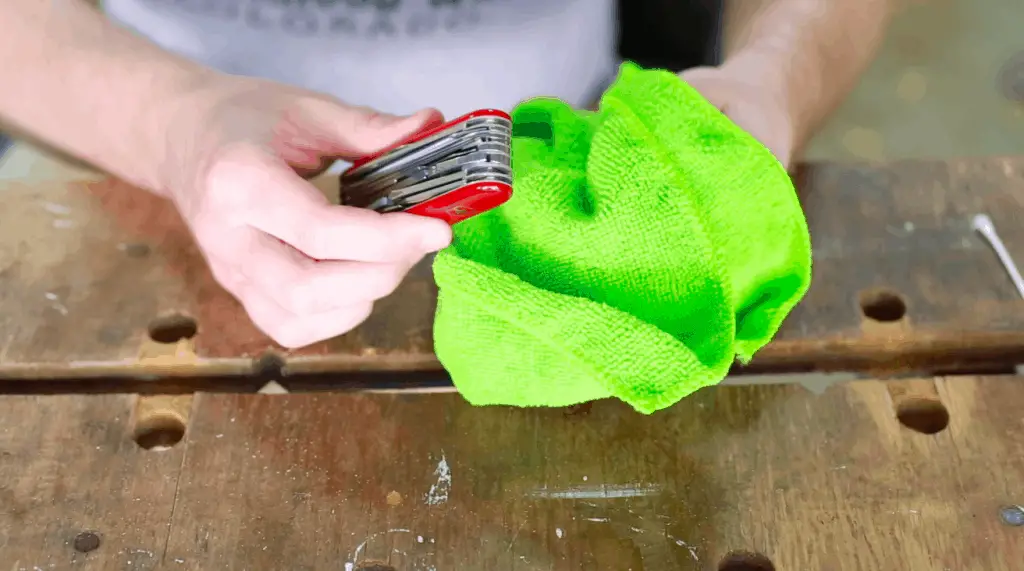
While every Swiss Army knife should be lubricated, excess oil can hold fuzz and other debris. This will eventually gum up the knife, making it hard to open the tools.
Use a lint-free cloth, preferably one that is microfiber to wipe away excess oil from the hinges. Doing this will leave enough oil to protect and lubricate the knife but not so much that it becomes a gunk magnet.
Cleaning Scale Tools
Most of a Swiss Army knife’s scale tools can be cleaned by simply wiping them down with a rag. The only exception is that the back of the toothpick can turn grey. This is due to contact with the inside of the knife and any junk that may work its way into the toothpick’s slot.
Using toothpaste can help clean your knife’s toothpick and restore its normal color. Do not use gel toothpaste. Pastes have abrasives that will help scrub the toothpick, even if debris has slightly embedded into it.
Replacing Missing or Damaged Pieces of Swiss Army Knives
Many owners of Swiss Army knives have lost one of their scale tools. Fortunately, most of these can be replaced very easily. If you have several Swiss Army knives, you can purchase a kit that contains several toothpicks, tweezers, ballpoint pens, and even replacement scissor springs. You can find spare parts for Swiss Army knives by clicking here.
Things to Avoid When Cleaning a Swiss Army Knife
Swiss Army knives are pretty durable, but cleaning them in the wrong way can damage them. Here are some things that could damage your knife.
Rubbing Alcohol and Other Chemicals
Many people recommend using rubbing alcohol or other chemicals, such as acetone, to clean knives. I know from personal experience that this is a bad idea.
Swiss Army knife scales (the plastic handles) are made from a material called “Cellidor”. Rubbing alcohol can soften and dissolve Cellidor easily.
I tried to clean one of my Swiss Army knives by dunking the whole thing in alcohol. When I took it out, the scales were soft enough that I could pit them with my fingernails. In addition, the “Cross and shield” inlay was sticking up from the surface of the knife because the Cellidor around it had been dissolved. It ended up falling out a year or so later.
Putting the Knife in a Dishwasher
Unlike other utensils, a Swiss Army knife is not dishwasher safe. The high temperatures are very likely to damage the knife’s plastic scales. Many dishwashing detergents also contain harsh chemicals that could cause damage as well. You can see what Victorinox has to say about putting a knife (or other pocket tools) in a dishwasher by clicking here.
Using WD-40 to Lubricate the Knife
When lubricating your Swiss Army knife, it is best to avoid using WD-40. While it is good for many jobs, it isn’t a good choice for knives or multitools. Over time, WD-40 will gum up, making it difficult to open tools.

